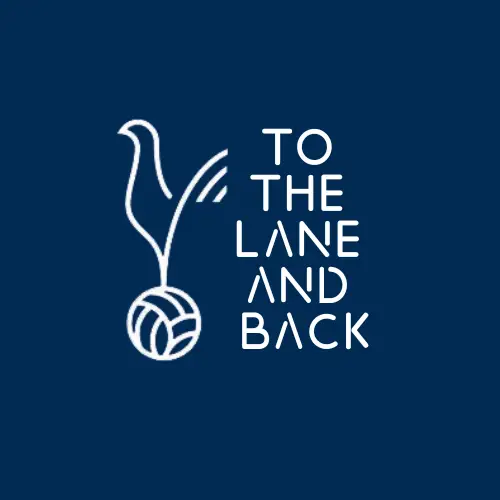 “In a world full of United’s, City’s and Rover’s; there is only on Hotspur” Spurs fans often gloatingly declare to their rivals. It is seen as a badge of honour, if you will, amongst Tottenham Hotspur supporters, much like the term ‘Yid’.
“In a world full of United’s, City’s and Rover’s; there is only on Hotspur” Spurs fans often gloatingly declare to their rivals. It is seen as a badge of honour, if you will, amongst Tottenham Hotspur supporters, much like the term ‘Yid’.
While it’s effectively common knowledge why Spurs adopted ‘Yid’, or ‘Yid Army’ as an unofficial nickname, deflecting and diminishing the racial connotations surrounding the chant, regardless of the comments of the Society of Black Lawyers chairman Peter Herbert, the reasoning behind why the club are called Hotspur is lesser known.
A friend of mine asked on Twitter why it was that Tottenham Hotspur adopted Hotspur and not United or City, for example. Genuinely perplexed, one opted to research further as to why Spurs are called what they are.
Fans have to look into the history books as far back as 1364 into order to derive where Hotspur originated, the year Sir Henry Percy was born. The 14th and 15th century knight was at first referred to as ‘Haatspore’ by the Scots for his speed of attack at the age of 12.
As a result of the reputation he had established for becoming a fearless and heroic warrior, Percy earned the nickname ‘Hotspur’, coupled with his willingness to charge into the thickest part of battle, coupled with his frequent use of wearing Spurs when riding. His reputation continued to grow up until his death in 1403, not to mention the fact his family owned large tracts of land in Tottenham.
Having marched upon Shrewsbury to do battle with the force under the stewardship of the Prince of Wales, with the army of his father, the 1st Earl of Northumberland Henry Percy, slow to move south, they encountered King Henry the IV’s army. When ‘Hotspur’ was slain his own forces fled after a long and fierce battle.
Nevertheless, it was his attacking spirit that saw the North London side adopt the term in Hotspur, when the club was formed in 1882, while reflecting the motto ‘Audere-est-Facere’. Shakespeare retold the tale of Percy in his play Henry IV, Part 1, believed to be written no later than 1597.
It depicts the final year of ‘Hotspur’, who has since emerged as one of the playwright’s best-known characters. 285 years later and Hotspur FC were formed, in honour of Percy. Players of the local cricket club and grammar school – St. John’s Presbytarian – were unsure as to what to play during the winter and opted to begin playing football.
In 1883, Reverend John Ripsher undertook responsibilities of the club, before reorganising and insisting the club wear all navy blue kits and play at Tottenham Marshes. Two years later, the club was renamed Tottenham Hotspur Football and Athletic Club, in order to avoid confusion with London Hotspur, before playing their first competitive encounter against St. Albans in 1885, winning 5-2 in the London Association Cup.
The club had adopted a light blue and white halved shirts, similar to that of the 125 year shirt that Spurs donned in the 4-4 draw with Aston Villa back in 2007, before switching their colour to white in 1898 in honour of the Preston North End “Invincibles”, thus becoming the first team to associate themselves with the white shirt and navy blue shorts.
A year later, Spurs moved to the current site of their current home, originally market garden with accommodation for 35,000 spectators. Initially titled Gilpin Park, it eventually became known as White Hart Lane, with Notts County the first team to face the club in a friendly.
Since Tottenham emerged in 1882, the club have continued to make history, becoming the first non-league side to win the FA Challenge Cup in 1901, and were the first British club to win a major European competition – the now defunct Cup Winners’ Cup – in 1963.
However, if it wasn’t for the heroics of Henry Percy back in the 14th and 15th century, chances are Spurs wouldn’t be the club they are today. Famed for their attacking verve, best captured during the managerial capabilities of Bill Nicholson and Harry Redknapp, it was the appreciation of his military endeavours of the knight that saw the club adopt the nickname Hotspur.
His barnstorming, attacking approach to battle and fearless attitude in the eye of danger is exactly the philosophy that Spurs have fully undertaken during their 131 year history, especially in the early ‘push and run’ days. Therefore, when fans question where Hotspur originated form, supporters can point to Sir Henry Percy and the man who attempted to overthrow Henry IV in 1403.
